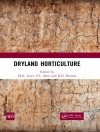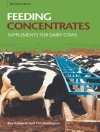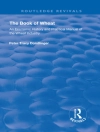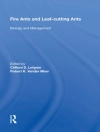Food chemical safety remains a serious concern to the food
industry. Risks such as adulteration, the existence
of toxic and allergenic compounds in foods, and poor regulation of
postharvest processing indicate that food chemical safety is not
fully guaranteed. With the increasing trend of globalization in the
import and export of food products, the importance of employing
accurate and reliable analytical instruments to rapidly detect
chemical hazards in foods has become paramount. In recent years,
many new applications for using a range of analytical methods to
detect food chemical hazards have emerged. Food Chemical Hazard
Detection: Development and Application of New Technologies aims
to cover the major developments and applications in this field.
With a far-reaching scope, this book includes sections dedicated
to chromatography tandem mass spectrometry, immunoassay,
biophotonics, nanotechnology, biosensors and microfluidic based
‘lab-on-a-chip’. A team of expert authors from major
academic institutions in the USA, Canada and China bring a wealth
of research experiences to bear in this major new work, which will
be required reading for anyone interested in food chemical hazards
and their effective detection and intervention strategies.
Food Chemical Hazard Detection: Development and Application
of New Technologies is aimed at a diverse audience, including
food safety testing laboratories, scientists and managers in the
global food supply chain, academic institutions, governmental
regulatory agencies and food safety training providers. Readers
will receive not only the fundamentals about different detection
techniques, but will also gain insights into the current and future
applications of each technique.
Sobre o autor
Professor Shuo Wang is President of Tianjin University of Science and Technology, Director of Key Laboratory of Food Nutrition and Safety, Ministry of Education of China, and Cheung Kong Scholar. He is also the recipient of Chinese National Science Fund for Distinguished Young Scholars in 2012.












